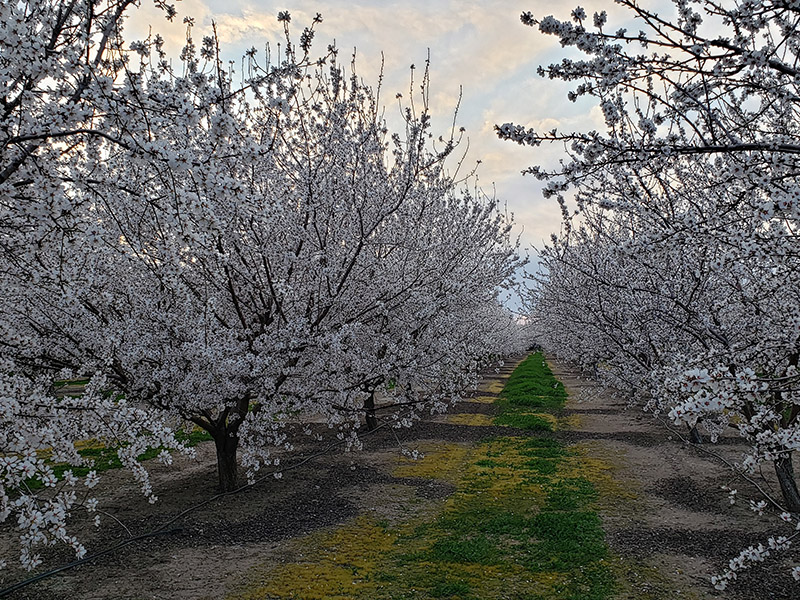Science News

The United States grows a lot of corn and soybeans. Some researchers think it’s a good idea to add wheat into that mix.


Chickpeas are a very important crop and food in India. They are used almost every day in meals and snacks. India is the largest producer, consumer, and importer of chickpeas. And with good reason — they are high in protein, fiber, and vitamins and minerals.


Each year, American farmers raise billions of chickens, more than enough for a “chicken for every pot,” as Herbert Hoover’s campaign once promised.

For years it’s been relatively easy to measure pollution from, say, a factory. At a factory, there might be just one pipe of waste to measure. Easy enough.

For the past 25 years, many farmers across Nebraska have relied on the chemical glyphosate for weed control to have a successful crop harvest. 

Farmers pay attention to many aspects of their crops. They carefully track how much water they are giving them and the amount of fertilizer they are using. But what about how many bees and butterflies are visiting?


Climate change is a global issue. It affects our environment and our food supply.

Increasing temperatures, changing rainfall patterns, and extreme weather events influence crop yields and where crops can live. These events limit the number of crops humans can use.

Renewable energy demand and consumption is at an all-time high in the United States.
Shrub willow – a quick-growing woody crop – can be an excellent source of renewable bioenergy. The crop is harvested and turned into wood chips, which can be used for heat, mulch, animal bedding, biochar, and biofuel.

It’s a fact - humans love sugar. For those of us who also like to watch our calories, sugar substitutes can help.
Some zero-calorie or low-calorie sweeteners have attracted bad reputations for containing unnatural ingredients. But there are also natural sweeteners derived from plants, like stevia.

